This holiday season, UPS is working long hours to make sure that customers get the gifts they’ve ordered online. The shipper—the world’s largest logistics company by some measures, with 440,000 employees—expects to deliver more than 700 million packages between Thanksgiving and Christmas in 2016. On average, that means approximately 28 million packages a day, double the normal rate. This is unprecedented volume: The National Retail Federation, a trade group, says 56.5% of customers they spoke to plan to buy gifts online this year. That’s the highest amount they have seen so far, an increase of 6.8% from 2015.
In other words: “That forecast means it should be the busiest peak season in UPS history,” said UPS spokesperson Dan McMackin. For the holidays, that means 15 new or expanded hubs and a plan to hire more than 95,000 temporary employees.
The season also means the company is relying on increasingly more complex technology to get packages to their final destination. The company, which alongside FedEx, the USPS, and DHL is among the biggest beneficiaries from the online shopping boom, uses everything from robots to complicated machine learning to smartphone apps to help the company’s workers and drivers stay safe and on time. Most packages are arriving on time. Between December 4 and 10, according to Shipmatrix, a shipping software maker, UPS Ground had an on-time delivery rate of 93.1% versus 93.2% during that period in 2015. FedEx Ground’s on-time delivery rate of 96.2% was slightly above last year’s rate of 95.3%.
According to UPS, the average package that’s shipped by air is handled by a package handler between six to eight times, and the average package that’s shipped by land is handled between eight to 12 times. The decision to take packages by land or air depends on a number of factors—everything from how far away the point of shipping is from the customer to how busy individual airports are.
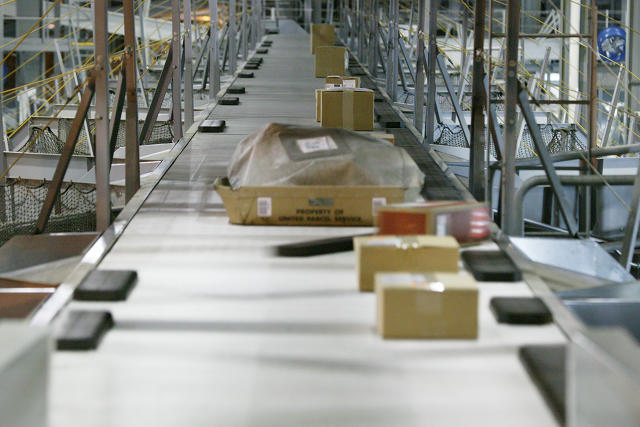
The Worldport
The core of UPS’s shipping operations is the Worldport, the company’s global hub in Louisville, Kentucky. Located at Louisville’s airport, the 5.2 million-square-foot warehouse facility can handle over 416,000 packages per hour, thanks to a mixture of human employees and high-tech automated systems. If you’ve received a package shipped by air via UPS, there’s a good chance it has gone through the Worldport.
Scanners And Pucks
Inside facilities like the Worldport, a complicated hub sorting system takes place. Automated preload uses conveyer belts, robot sorters called puck sorters, and sophisticated scanning equipment. A UPS spokesperson says, “Packages come down a belt lined with orange or black plastic pucks, and a specific number of them shoot at a package, sending it down the right chute to be sorted. It’s designed to shoot out the exact number of pucks needed to move the box, based on size.”
Although it’s somewhat outdated, this Reddit AMA with a UPS package handler at the Worldport gives a fascinating look inside the work that’s done there.
ORION’s Belt
Once packages go through the warehouse and are on their way to their final destination, a lot of the most interesting technology UPS uses is invisible. ORION (On-Road Integrated Optimization and Navigation) is a highly complicated algorithm used to plan driver’s routes that is designed to make sure the company saves as much time and money possible delivering and picking up packages. The platform is currently being integrated in the company’s workflows; in 2015, UPS CEO David Abney told the Wall Street Journal he expects ORION will save UPS between $300 million and $400 million per year.
While ORION reduces the autonomy of drivers—it basically lets UPS create a detailed itinerary for each driver to follow day after day, down to what streets they turn their trucks on, it also generates significant fuel savings for the company and is designed to make sure customers get packages more quickly.
“New technologies such as ORION and more efficient sortation equipment like puck sorters allow us to move a higher volume of packages faster and with better accuracy,” says McMackin.
Golf Carts And E-Tricycles
Fuel savings are also evident in new projects being tested out in Oregon and Florida, where UPS is experimenting with using new kinds of vehicles to make deliveries. In Tampa and in several other markets in Texas and California, UPS uses golf carts to make deliveries during the Christmas rush season; in Portland, the company is experimenting with electric tricycles with carts attached for deliveries. According to UPS, the e-bikes are being tested to see how they work in traffic; an earlier version of the initiative used electric bikes for delivery in Hamburg, Germany.

Someday, Drones By Land And Air
UPS is testing even more exotic tech tools such as drones for their delivery services as well. This past fall, UPS teamed up with a startup called CyPhy Works to make an experimental three-mile-long drone delivery to a children’s summer camp on an island near Boston. The drone, which delivered an asthma inhaler, flew over the Atlantic Ocean for part of that journey.
Drones might also play a role inside UPS’s warehouses: The company confirms that they have been testing drones in their facilities for tasks like checking on high storage racks and surveying for available space on shelves. Automated or remotely controlled robots have been experimented with in many other large warehouse and logistics facilities by other companies. Amazon, for instance, has a thriving robotics program of its own, and estimates that its warehouse robots have reduced operating expenses by about 20%.
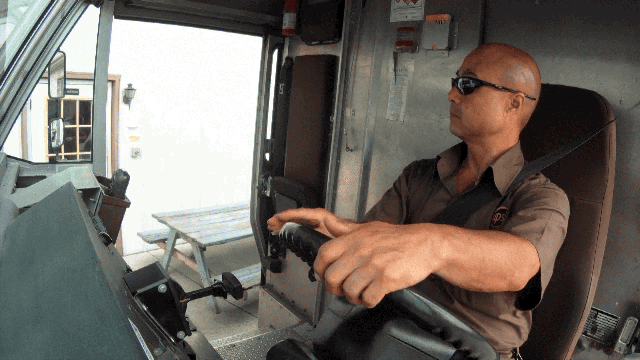
Self-Driving Trucks?
But the biggest change is a larger shift toward electric vehicles. In 2016 alone, UPS purchased more than 300 electric-hybrid delivery trucks from a manufacturer called the Workhorse Group. While 300 trucks is a drop in the bucket when it comes to UPS’s massive fleet, it’s still one of the biggest bets on electric delivery trucks to date in the U.S. The company said in May that 6% of its 100,000-vehicle global fleet now runs on alternative fuels. And last month, UPS said it was investigating the potential use of self-driving trucks as well, the Wall Street Journal reported. The technology would not be used to “get rid of jobs,” insisted the company’s chief information officer, but to improve safety. For the hundreds of millions of Americans who receive packages from their UPS driver, those drivers are “the face of UPS,” he said.
Update: This article was updated to reflect the nature of UPS’ relationship to Workhorse.
Fast Company , Read Full Story
Puck sorting robotics at UPS’s Worldport facility.
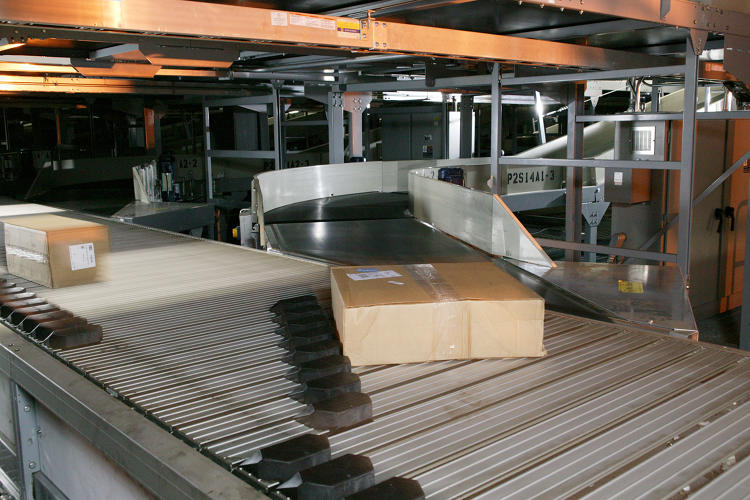
UPS’s Jack Levis demonstates ORION, the company’s new algorithm for drivers.
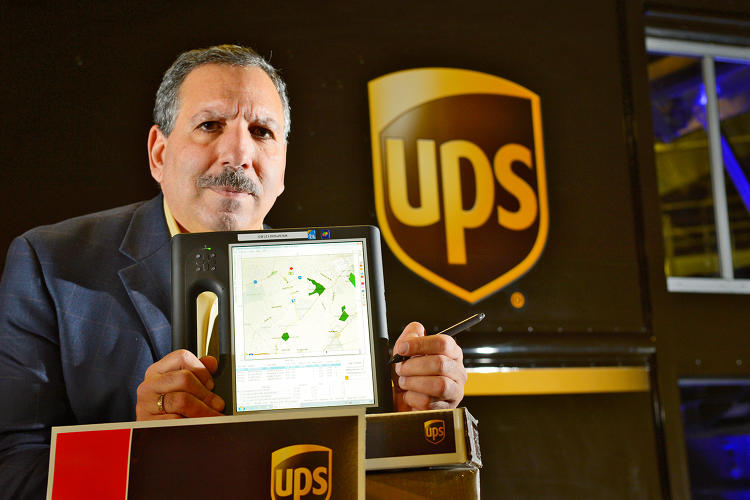
UPS recently tested a three-mile drone delivery run.
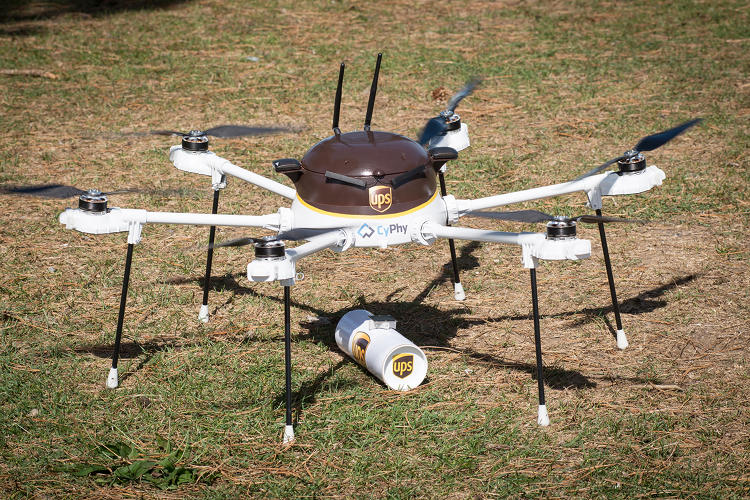
6% of UPS’s truck fleet now runs on alternative fuels.

UPS is testing electric tricycles for last-mile parcel delivery in Portland, Oregon.

(86)